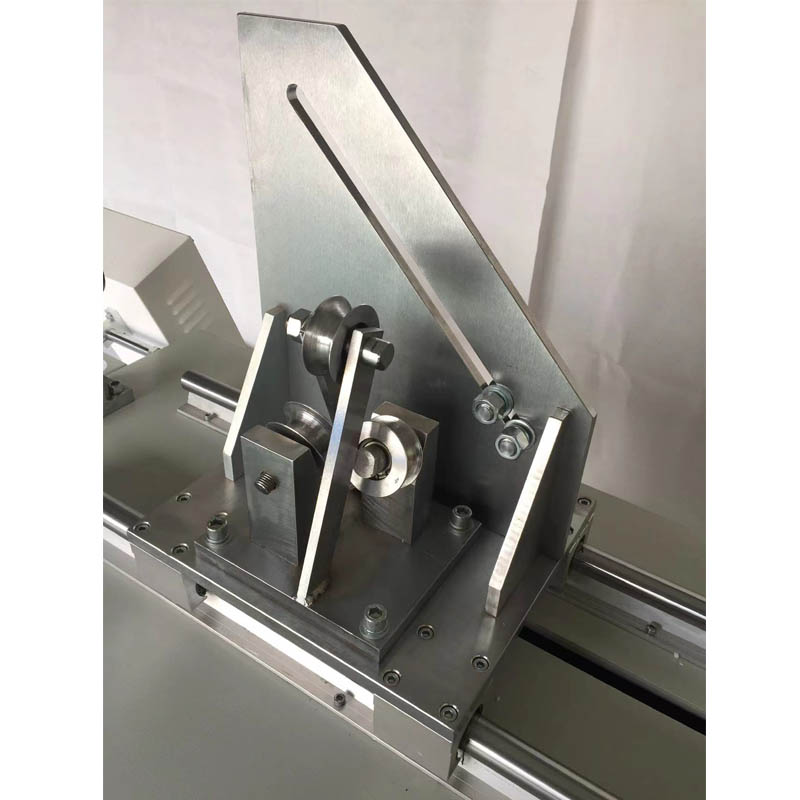conductor resistance constant temperature test manufacturers
Understanding Conductor Resistance Constant Temperature Tests A Guide for Manufacturers
The electrical properties of conductors are fundamental in the design and application of electrical systems. Among these properties, the resistance of conductors is a crucial parameter, often evaluated through constant temperature resistance tests. This article delves into the significance of conductor resistance constant temperature tests, highlighting the methodologies used, the importance for manufacturers, and the standards involved.
The Importance of Resistance Testing
Conductors, whether they are made from copper, aluminum, or other materials, display a certain level of electrical resistance that can affect the efficiency and performance of electrical systems. The resistance of a conductor can vary with temperature, making it essential to assess this property at controlled conditions. Constant temperature tests ensure that measurements of resistance are reliable and consistent, allowing manufacturers to evaluate the electrical performance under standardized conditions.
Methodology of Constant Temperature Resistance Tests
The process of conducting a constant temperature resistance test involves the following steps
1. Preparation of Test Sample The conductor or wire is prepared according to specified dimensions and conditions. This may include stripping insulation, cleaning the surface, and ensuring that there are no surface contaminants that could impact measurements.
2. Temperature Control The test setup incorporates a temperature control mechanism that ensures the conductor is maintained at a specific temperature. This is crucial because the resistance can significantly change with temperature fluctuations. Typically, tests are carried out at standard reference temperatures, usually 20°C or 25°C.
3. Measurement of Resistance Once the temperature stabilizes, the resistance of the conductor is measured using precise instruments such as ohmmeters or digital multimeters. It is essential to use calibrated equipment to ensure the accuracy and reliability of the readings.
4. Data Analysis The measured resistance values are analyzed, and if necessary, converted to standard temperature values using temperature coefficients provided for the materials used. This allows manufacturers to compare resistance values accurately across different tests and conditions.
conductor resistance constant temperature test manufacturers

Standards and Compliance
Manufacturers must adhere to international standards when conducting constant temperature resistance tests. Standards such as ASTM (American Society for Testing and Materials) and IEC (International Electrotechnical Commission) provide guidelines that govern the testing methods and equipment used. Adhering to these standards ensures that the results are credible and can be accepted in global markets.
Implications for Manufacturers
For manufacturers, understanding and implementing constant temperature resistance testing is crucial for several reasons
- Product Quality Assurance Quality control is a significant aspect of manufacturing. Conducting resistance tests allows manufacturers to ensure that their products meet the required specifications and performance standards before they reach the market.
- Regulatory Compliance Many markets require compliance with safety and performance standards. Proper testing facilitates adherence to regulations, reducing the risk of legal issues and enhancing product marketability.
- Improving Design Resistance testing provides valuable data that can be used to inform design improvements. By understanding how different materials and designs affect resistance, manufacturers can optimize their products for better performance and lower energy losses.
- Market Competitiveness In a highly competitive environment, being able to demonstrate high-quality products with dependable performance can provide manufacturers with a significant edge. Robust testing regimes enhance the brand image and foster customer trust.
Conclusion
In conclusion, conductor resistance constant temperature tests are vital for manufacturers engaged in electrical and electronic industries. By employing standardized testing methods, manufacturers can ensure the reliability, safety, and efficiency of their products. Adhering to industry standards during testing not only bolsters product quality but also ensures compliance, ultimately making a significant impact on market competitiveness. As technology advances and demands evolve, continuous refinement of testing practices will be essential for manufacturers aiming to lead in the dynamic world of electrical engineering.
-
Why the Conductor Resistance Constant Temperature Measurement Machine Redefines Precision
NewsJun.20,2025
-
Reliable Testing Starts Here: Why the High Insulation Resistance Measuring Instrument Is a Must-Have
NewsJun.20,2025
-
Flexible Cable Flexing Test Equipment: The Precision Standard for Cable Durability and Performance Testing
NewsJun.20,2025
-
Digital Measurement Projector: Precision Visualization for Modern Manufacturing
NewsJun.20,2025
-
Computer Control Electronic Tensile Tester: Precision and Power for the Modern Metal Industry
NewsJun.20,2025
-
Cable Spark Tester: Your Ultimate Insulation Assurance for Wire and Cable Testing
NewsJun.20,2025
 Copyright © 2025 Hebei Fangyuan Instrument & Equipment Co.,Ltd. All Rights Reserved. Sitemap | Privacy Policy
Copyright © 2025 Hebei Fangyuan Instrument & Equipment Co.,Ltd. All Rights Reserved. Sitemap | Privacy Policy
